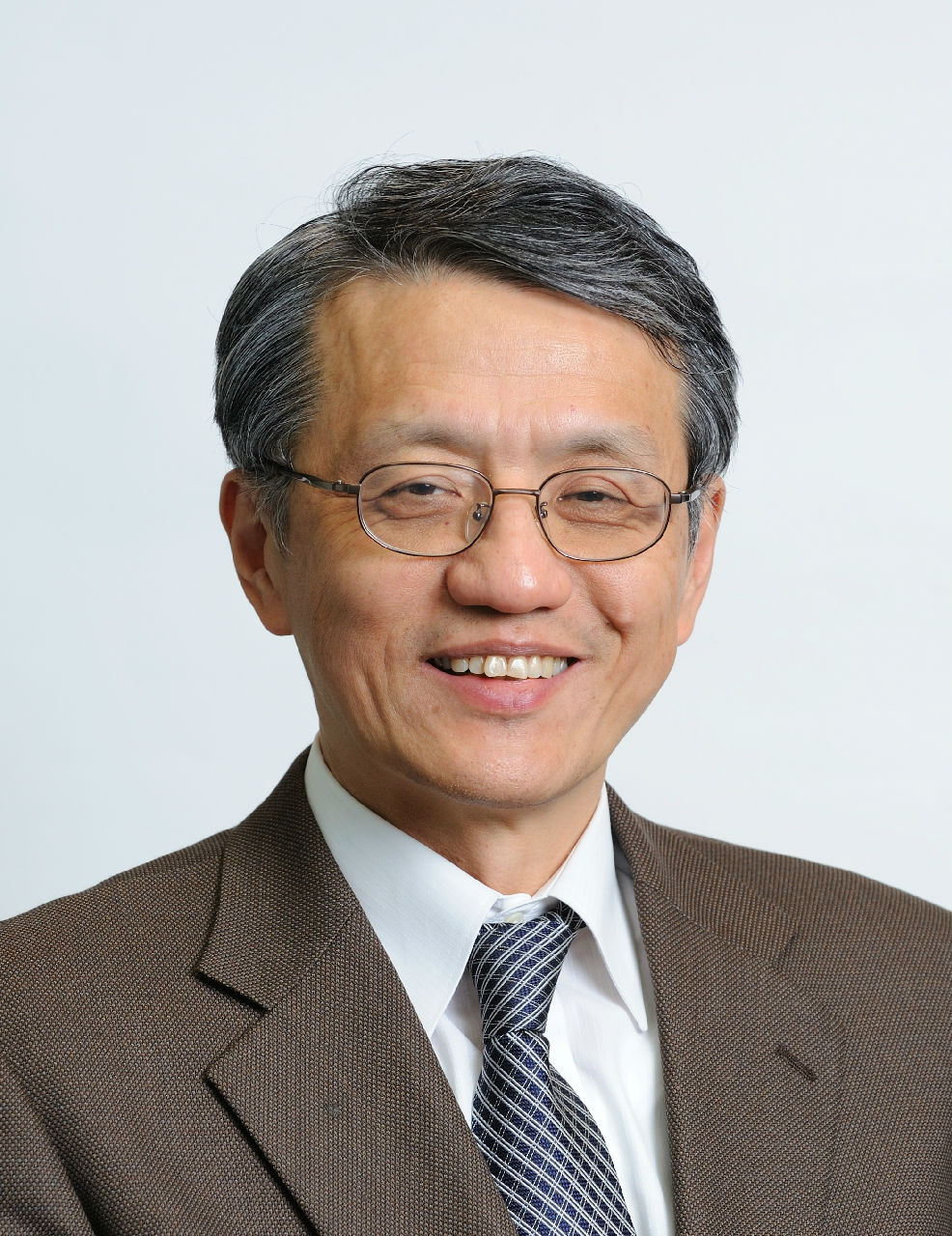上海交通大學材料科學與工程學院教授,博士生導師。
基本介紹
- 中文名:韓禮元
- 出生日期:1956年
- 職業:上海交通大學材料科學與工程學院教授,博士生導師。
- 性別:男
個人簡介,個人生涯,代表性論著,
個人簡介
韓禮元,男,1956年生,本人1988年畢業於日本大阪府立大學套用化學專業。
個人生涯
1990 – 1993工作於日本Dainippon Ink & Chemicals Inc. 之後在夏普公司研究所工作15年,主要負責染料敏化太陽能電池的研究開發。在提高太陽能電池的轉換效率和模組技術創新上有很高的造詣。深入、系統地研究了染料敏化太陽能電池的電子傳運機理,率先提出了電池的等效迴路模型,為系統地提高轉換效率和長期穩定性做出了貢獻。本人所領導的團隊,在此模型的基礎上,成功地提高了電池的光電流和降低了電池的內電阻,創造了單片電池最高光電轉換效率的世界紀錄。該成果於2006年在日本物理學會雜誌(Japanese Journal of Applied Physics Express Letter)上刊登,4年來被引用了500次以上。基於本人卓越的研究成果,在2008年被聘請到日本物材研究機構,擔任下一代太陽能電池中心主任,負責5個研究方向(染料敏化,有機薄膜,量子點,薄膜矽,化合物太陽能電池),領導40名研究者。2011年6月, 本人領導的團隊再次創造染料敏化太陽能電池單片電池公認最高光電轉換效率的世界紀錄11.4%。此外,本人還對在氧化鈦上的染料吸附狀態、從染料到氧化鈦的電子轉移等基礎研究,以及在新染料的開發上做出了很多貢獻。同時在有機薄膜太陽能電池、有機半導體材料上也有著深厚的造詣。基於這些貢獻,本人在國際期刊上發表了近80篇學術論文,同時本人申請了90多項日本專利和40多項國際專利(美國、歐洲、中國、澳大利亞),在染料敏化太陽能電池領域,按發明者計算的專利申請件數也被列為世界第一(根據2005年度日本專利局調查)。現階段本人的研究方向主要集中在染料敏化太陽能電池基礎研究,有機薄膜太陽能電池和量子點太陽能電池。
代表性論著
1. L. Han , A. Islam , H. Chen, C. Malapaka, B. Chiranjeevi, S. Zhang, X. Yang and M. Yanagida. High-efficiency dye-sensitized solar cell with a novel co-adsorbent. Energy Environ. Sci., 5, 6057 (2012).
2. S. Zhang, X. Yang, K. Zhang, H. Chen, M. Yanagidaa and L. Han “Effects of 4-tert-butylpyridine on the quasi-Fermi levels of TiO2 films in the presence of different cations in dye-sensitized solar cells” Phys. Chem. Chem. Phys., 13, 19310–19313 (2011).
3. J. Cai and L. Han “Theoretical Investigation on Interfacial-Potential-Limited Diffusion and Recombination in Dye-Sensitized Solar Cells” The Journal of Physical Chemistry C, 115, 17154-17162 (2011).
4. W. Peng, M. Yanagida, L. Han and S. Ahmed, Controlled fabrication of TiO2 rutile nanorod/anatase nanoparticle composite photoanodes for dye-sensitized solar cell application, Nanotechnology , 22, 275709 (2011).
5. Y. Numata, I. Ashraful, Y. Shirai, L. Han, Preparation of donor-acceptor type organic dyes bearing various electron-withdrawing groups for dye-sensitized solar cell application, Chemical Communications, 47, 21, 6159-6161 (2011).
6. S. Zhang, M. Yanagida, X. Yang, L. Han : “Effect of 4-tert-Butylpyridine on the Quasi-Fermi Level of Dye-Sensitized TiO2 Films” Appl. Phys. Express 4[4] 042301 (2011).
7. S. Emin, S. Singh, L. Han, N. Satoh and A. Islam “Colloidal quantum dot solar cells” Solar Energy 851264-1282 (2011).
8. C. Jinhua, N. Satoh, L. Han : “Injection Efficiency in Dye-Sensitized Solar Cells within a Two-Band Model” J. Phys. Chem. C 2011 [115] 6033-6039 (2011).
9. L. Han, A. Fukui, Y. Chiba, A Islam, R. Komiya, N. Fuke, N. Koide, R. Yamanaka, and M. Shimizu “Integrated dye-sensitized Solar Cell module with conversion Efficiency of 8.2%” Applied Physics Letters, 94, 013305 (2009).
10. N. Fuke , A. Fukui, R. Komiya, A.l Islam, Y. Chiba, M. Yanagida, R. Yamanaka and L. Han, A new approach to low-cost dye-sensitized solar cells with back contact electrodes, Chemistry of Materials, 20, 4974 (2008).
11. A. Islam, F. A. Chowdhury, Y. Chiba, R. Komiya, N. Fuke, N. Ikeda, and L. Han, Highly efficient panchromatic sensitization of nanocrystalline TiO2 films with tricarboxyterpyridyl (-diketonato) ruthenium(II) complexes, Chemistry of Materials, 18, 5178 (2006).
12. Y. Chiba, A. Islam, Y. Watanabe, R. Komiya, N. Koide, and L. Han, Dye-Sensitized Solar Cells with Conversion Efficiency of 11.1%, Jpn. J. Appl. Phys. 45, L638-640 (2006).
13. L. Han, N. Koide, Y. Chiba, A. Islam, R. Komiya, N. Fuke, A. Fukui and R. Yamanaka, Improvement of efficiency of dye-sensitized solar cells by reduction of internal resistance, Applied Physics Letters, 86, 213501 (2005).
14. N. Koide and L. Han, Measuring methods of cell performance of dye-sensitized solar cells, Rev. Sci. Instrum., 75, 2828 (2004).
15. L. Han, N. Koide, Y. Chiba, and T. Mitate, Modeling of an equivalent circuit for dye-sensitized solar, Applied Physics Letters, 84, 2433 (2004).

